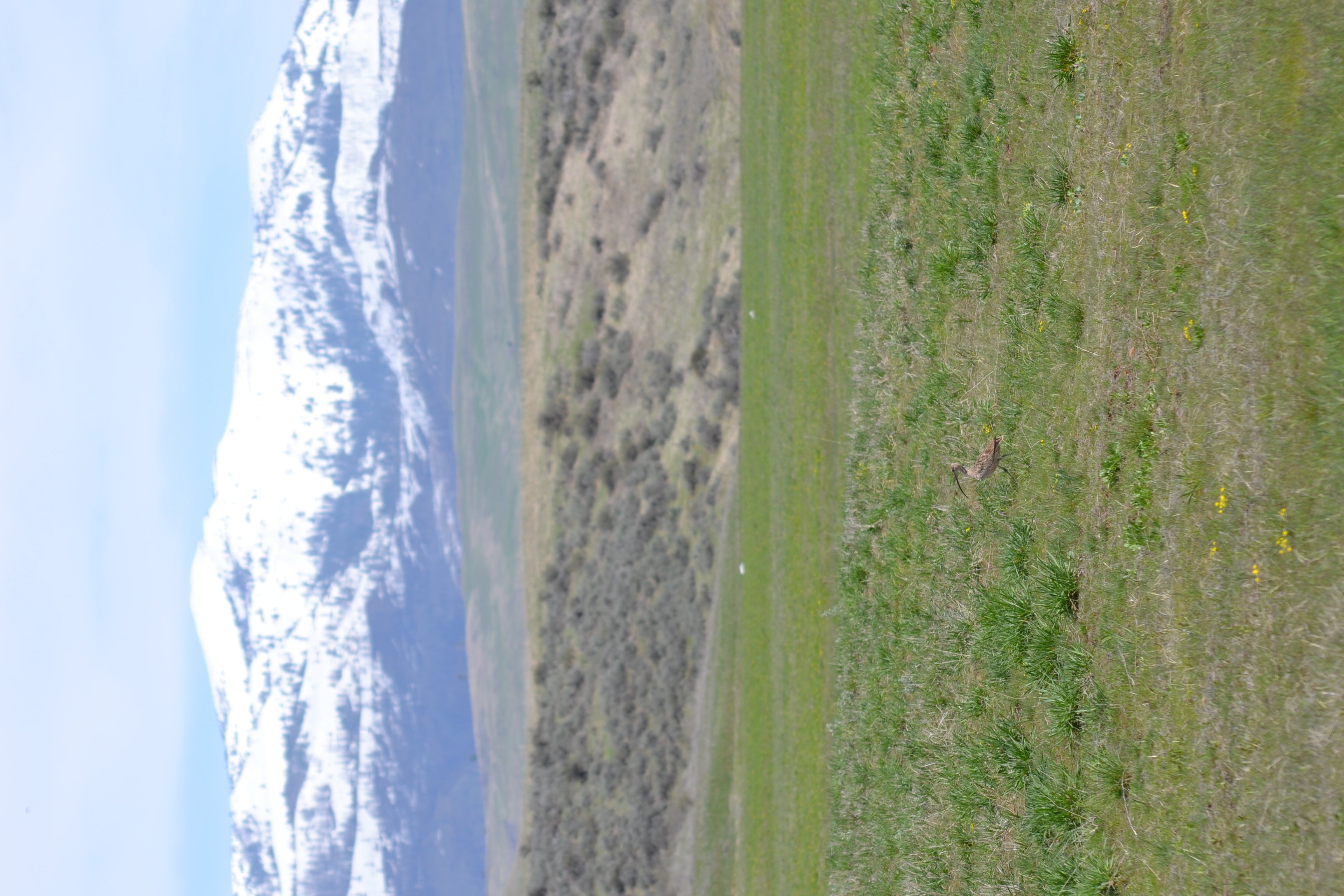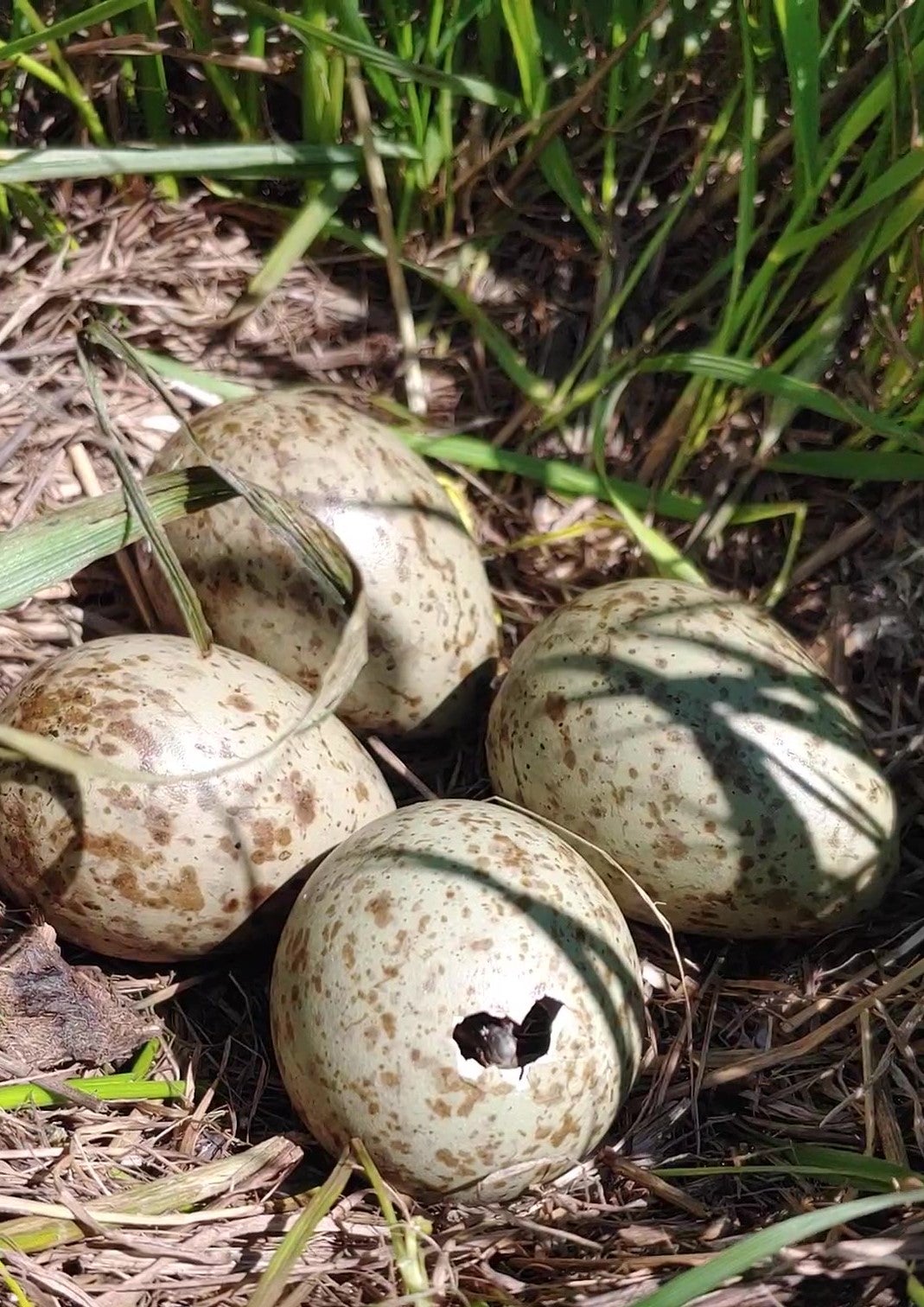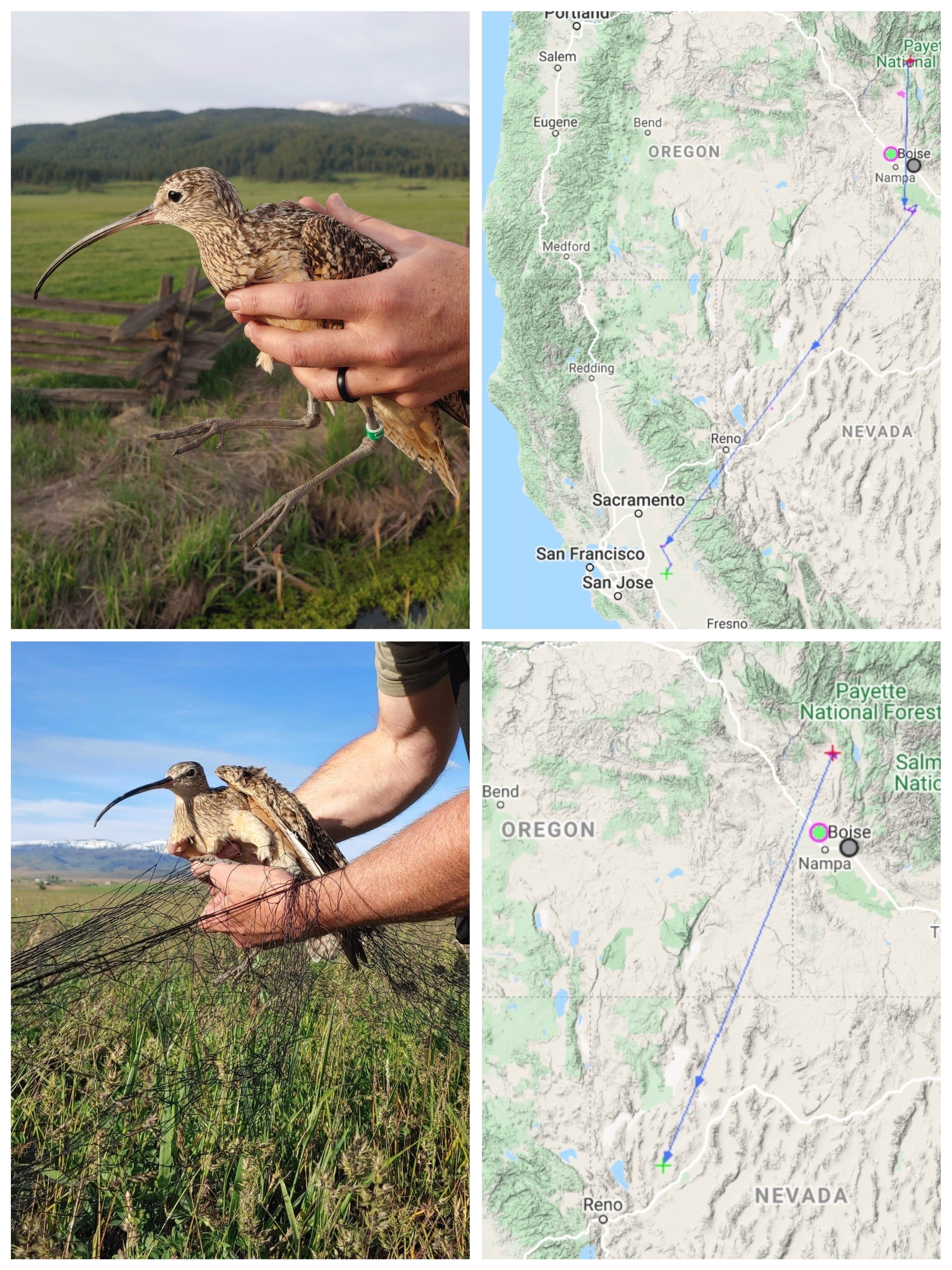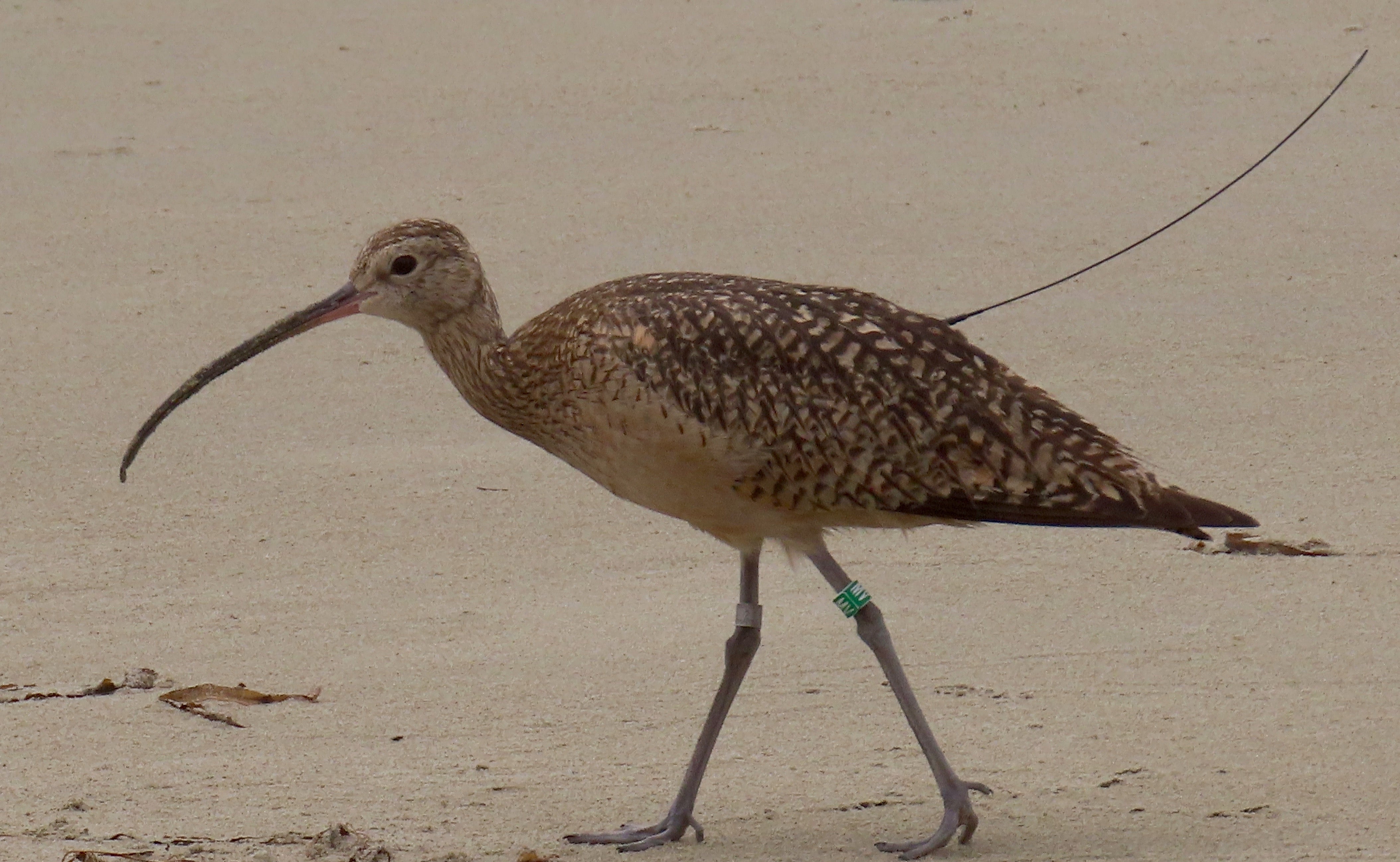By: Heather Hayes
If you have spent time in higher elevations of the West Central Mountains, then you already know they are comprised of beautiful pristine forests, untamed rivers and incredible breath-taking views from each turn of the canyon.
But did you know these mountains are also home to a breeding population of Long-billed Curlews?
Strange as it may seem, North America’s largest shorebird can be found nesting throughout the sweeping grasslands and mountain meadow pastures that stretch across the valley landscape!

Thanks to an amazing partnership with the Payette Children’s Forest and collaborations with multiple ranch owners, we were able to expand our research of Idaho’s iconic grassland species into the mountain communities of Valley, Adams and Washington Counties. This expansion was an important opportunity to study curlews in areas that do not share the same recreational shooting pressures and other human impacts that are occurring within our study sites on the public lands of southwest Idaho.
The field season kicked off in the beginning of April and it wasn’t long before the Curlew Crew had located three pairs of breeding curlews!
Two nests were found on a ranch located in Meadows Valley northwest of McCall and the third was on a ranch in Indian Valley. The Meadows valley nests were named “Neil” after the private rancher who allowed us access to his property and “Payette” for the Payette National Forest that borders this valley. The Indian Valley nest was aptly named “Dozer” because the curlew was found nodding off next to the nest!

Once the nest locations had been documented, the team assembled to band and deploy three backpack transmitters that would soon reveal some important questions for our study: Where are these higher elevation curlews overwintering? What routes are they taking to get there? Would they use the public lands of southwest Idaho as a migratory stop-over?
If so, would they fall victim to the recreational shooting pressures?
In just one short month, these migratory mysteries began to unfold, literally before our eyes! While Payette’s nest had been successful, Neil and Dozer’s nests had unfortunately failed due to predation. By tracking the males on our satellite tracking map, we knew they left their West Central Mountain breeding territories and began their southbound migration in mid-June. Dozer (from Indian Valley) passed directly over our initial study area on the public lands known as the Long-billed Curlew Habitat Area of Critical Environmental Concern and Neil (from Meadows Valley) passed directly over the Morley Nelson Snake River Birds of Prey National Conservation Area (NCA) which are the public lands south of Boise. We now had confirmation- these curlews indeed migrated through the recreational shooting “danger zone” of our other southwest Idaho study sites.
Now all we could do was hold our breath and wait for their transmitters to send another signal…

A collective sigh of relief came when Dozer’s next transmitter signal ping came from outside Reno, NV, and Neil’s from Modesto, CA. They made it!!
But the excitement didn’t stop there…
…and neither did their southbound travels. In a few short days, their final destination was revealed- the Morro Bay area of California. These were the first curlews from any of our breeding research study sites to migrate directly to coastal California to overwinter!

Payette eventually migrated south and also crossed over the public lands of the NCA safely but did not head to the coast. She settled into her wintering grounds just south of Fresno California, not far from a curlew from our SW Idaho study flock named Jupiter!
So why are these new research discoveries so important?
As we continue to piece the migratory connectivity puzzle together, we can work toward ensuring conservation measures are in place to protect the habitats and resources curlews need along their migratory routes throughout their entire annual life cycle.
Can you help us move forward with exciting new discoveries? You can make a meaningful and valuable impact by donating to our Curlew Satellite Tracking Program on our giving page. Be sure to select the Curlew Project from the drop-down menu.
Spring migration begins in March! Please report any new curlew sightings from these areas on eBird.org or email heathermhayes@boisestate.edu. If you would like to check in on where our tracked curlews have settled into on their wintering grounds, be sure to head over to the satellite tracking map– it’s accessible 24/7.
This article is part of our 2020 end of the year newsletter! View the full newsletter here, or click “older posts” to read the next article.
Make sure you don’t miss out! Sign up to get our annual email update.